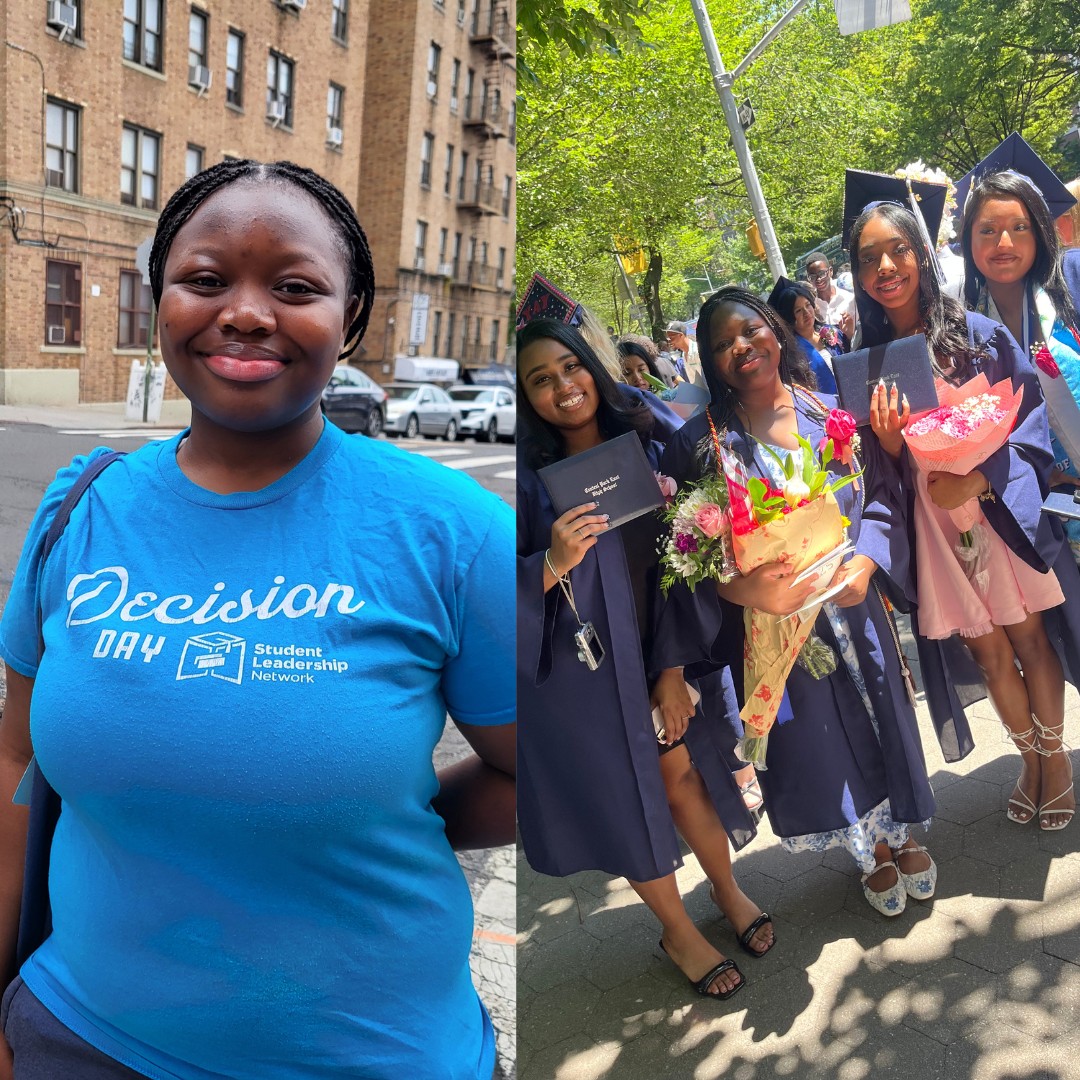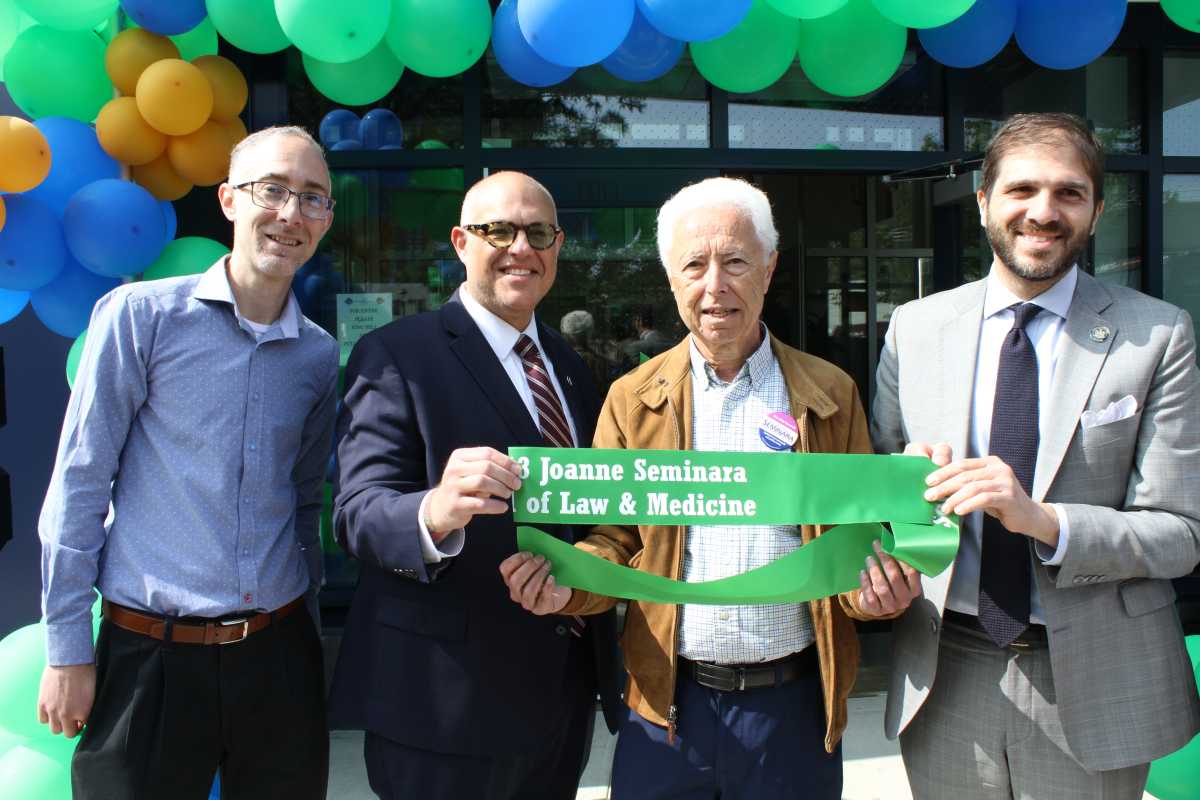By Jumaane D. Williams
It’s time we all learned a lesson on school diversity.
When the NYC School Diversity Advisory Group (SDAG) released its recommendations for addressing the nation’s segregated school system, a 9,000 word report with a wide range of recommendations, most people read just three words – gifted and talented.
When I met with the students teachers and parents who are members of the Advisory Group – it was a high school student who put it most succinctly. She said that reforms and reactions would always involve two components, data and experience.
The data is clear– and along with many other students, I’ve had the experience.
As a kid, I was in the Gifted and Talented program beginning in third grade, then at Philippa Schuyler Middle School. That experience helped prepare me for Brooklyn Tech, and ultimately where I am today. But right now, the barriers to that kind of enrichment are overwhelming, and the implementation unconstructive.
The separation of ‘gifted and talented’ students is itself flawed– especially four year olds– as is the implicit idea that students outside the program lack certain abilities. As a student with Tourette Syndrome and ADHD–which went undiagnosed until high school– I could have been categorized ‘special education’ as needing additional support. Categorizations and labels cannot be so simple, nor can educational systems.
Enrichment cannot be about privilege. Preparing for and passing an extensive verbal and nonverbal entry exam before a child can read and write is about privilege. This issue was exacerbated under Mayor Bloomberg, who set an early age and a rigid standard to a criteria which had previously been more district and individually based. Credit is due to this administration for helping to in some way equalize early education with universal pre-K and 3-K, but resource disparities still exist that will persist throughout a student’s education if introduced in this early stage. Isolating one group of students as talented, and the inherent contrast and explicit separation it creates with their fellow students, is about privilege. We can’t solve a diversity problem with segregation.
Research shows that separating students by achievement levels at young ages hurts integration efforts, pulls down students in the “general population”, and does not help students who qualify as Gifted and Talented. The solution is not to eliminate the benefits of the gifted and talented program, but to remove barriers to them – to eliminate the entry test in favor of a multi-measure model and to integrate the benefits of the program into the classroom, not to remove them from it. Without argument, there should be a path for highly achieving students to advance. But those opportunities should be available to all students, all classrooms, all communities.
Our elementary educational system needs dynamic school-wide enrichment model where elementary aged students are placed in modules based on achievement level – all contained within the same classroom. Each student would have their educational needs and opportunities met within the context of the classroom – not removed from it. We can have a differentiated curriculum that encompasses multiple learning levels, all within one classroom– and those modules can be fluid based on changes in student performance.
These ideas are not as radical as the reactions suggest – other districts, cities, states are employing similar models. New York City should be a model for progress, but we need a model that helps all students progress.
The value of gifted and talented programs comes through providing students with opportunities to learn in more creative ways and at a more individualized pace, giving all young students the opportunity to experience the non-traditional curricula of gifted and talented programs, while also prioritizing students’ unique skill-level. As students grow within the program and advance into secondary education, this diversity of skill can be recognized through a modified gifted and talented model, one that meets students where they’re at with a collaborative learning model that empowers groups of students and engages their interests
Individualized education, specified schooling, can be accomplished without identifying an entirely separate track which only hurts the overall school and system.
The highest quality education is not only individual-focused but community-fueled. New York has an imperative to provide local school districts with the levels of funding they need to implement diversity and enrichment plans which can cater to the students in the classrooms and the neighborhoods around them. This will require additional training, additional support, additional classroom aides – but it’s long past time we gave our classrooms more aid.
The backlash against proposed reforms to the gifted and talented program not only obscured the substance and the truth of the recommendations, it highlighted a problem that progressive-minded individuals often ignore – supporting reforms in principle but balking at any implementation that would impact them personally. In housing, the refrain is “Not In My Backyard;” in schools it may well be “Not In My Child’s Classroom.” But these reforms can help all children in New York City’s public school system succeed– including your own.
A welcome exception to that mentality is P.S. 9 in Brooklyn– who has finally received approval to move ahead with its plan to move from the traditional model to one which is more inclusive, fluid, and community-driven. More schools, more communities, and more government leaders should embrace this approach.
With proposed revisions to the gifted and talented program, and with specialized high schools before that, knee-jerk reactions have drowned out common sense conversation and reform. It’s time for everyone to come out of their corners and engage in a positive, constructive way – just as we hope our students are taught to do.






































